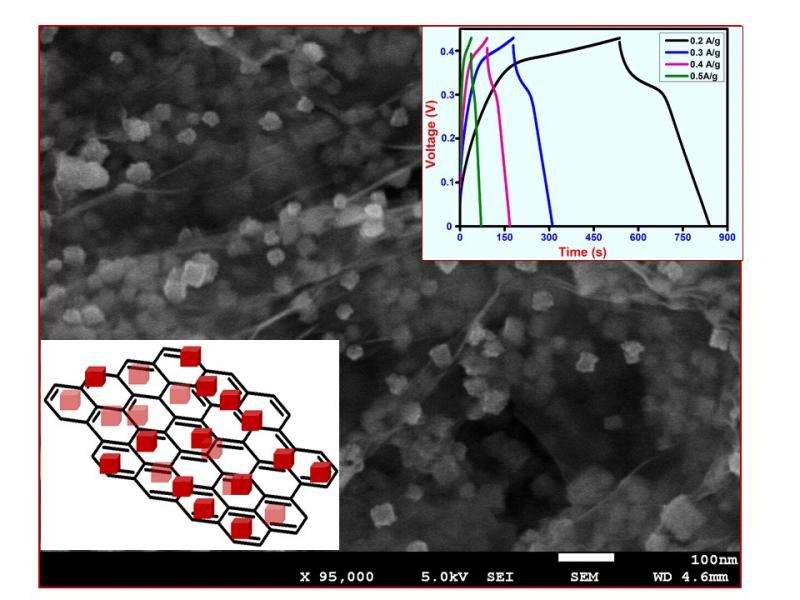High energy storage systems for use in hybrid electric vehicles

The world is facing a serious demand on high energy storage systems for use in diverse applications such as hybrid electric vehicles, personal electronics, and industrial power backups. To solve this critical issue, there is a considerable attention on the development of electrochemical capacitor.
Nowadays, the world is facing a serious demand on high energy storage systems for use in diverse applications such as hybrid electric vehicles, personal electronics, and industrial power backups. To solve this critical issue, there is a considerable attention on the development of electrochemical capacitor (ECs) (or supercapacitors).
Generally, ECs are receiving significant attention due to its high power density and energy density than batteries and conventional capacitors. In addition, ECs are having many auspicious properties such as longer cycle life, short charging time, good safety, low internal resistance, simple mechanism and relatively low cost. It can be classified into electrochemical double-layer capacitors (EDLCs) and pseudocapacitors (PCs) on the basis of their electrode materials and the charge storage mechanism. Herein, the energy density for an EC based on the pseudo-Faradaic process is higher than that of an EDLC owing to redox electron movements via the electrode materials. There are numerous transition metal oxides such as RuO2, NiO, MnO2, Co3O4, CuO, SnO2 and etc. have been studied as possible electrode materials for PCs. Among them, Co3O4 is considered as a promising electrode material due to its relatively low cost, well-defined redox behavior, ultrahigh theoretical specific capacitance (SC ~3560 F g−1), and environmental friendliness. However, the poor electrical conductivity of Co3O4 results in low specific capacitance and thus hinders its wide application.
An effective strategy is to combine nanostructured Co3O4 with 2D graphene especially reduced graphene oxide (rGO) as a binary system. The rGO sheets can offer a conductive scaffold to maintain the reliable contact between the electrode materials (Co3O4) and current collectors during the charge/discharge process, which results in stable cycling performance. The SC of Co3O4 intercalated rGO matrix exhibit enormous capacitance with good cyclic stability.
The electrode is used for the fabrication of asymmetric supercapacitor, which can interface with batteries and solar cells. Therefore, this device will be used as a self–charging and energy storage device for future non polluted motor vehicles.
Provided by University of Malaya




















